Every hunter starts somewhere, and most of us have carried a caliber we thought would handle anything. Then that first trip teaches the truth—some rounds are fine on paper but feel underwhelming or punishing in the field. Maybe the recoil was worse than expected, maybe it blood-shot an entire shoulder, or maybe it failed to anchor an animal cleanly. Either way, you learn quick which cartridges you’ll never bring on another hunt.
The calibers below all share that fate. They work under the right circumstances, but for most hunters, one trip is all it takes to move on to something that hits harder, shoots flatter, or performs more consistently when the shot matters.
.243 Winchester
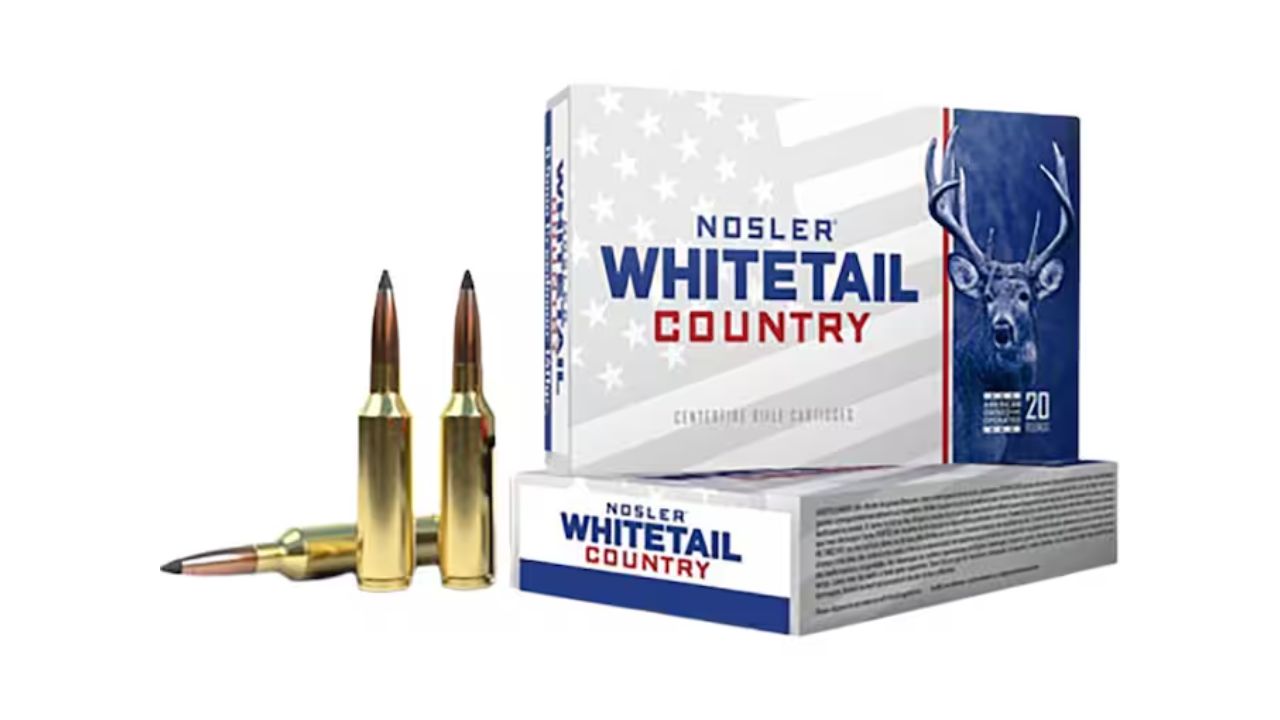
The .243 Winchester feels like a great all-around round when you’re new to hunting—it’s accurate, mild on the shoulder, and available everywhere. But once you start taking shots at bigger deer or tougher angles, it shows its limits fast. Light bullets moving fast tend to splash on bone or fail to exit cleanly, leaving you with minimal blood trails.
Plenty of hunters use it successfully, but those who’ve had a deer run a hundred yards on a solid hit usually start looking for something with more weight. The .243 is fantastic for beginners and predators, but most hunters outgrow it once they see how much better a mid-caliber performs when the shot isn’t perfect.
.22-250 Remington
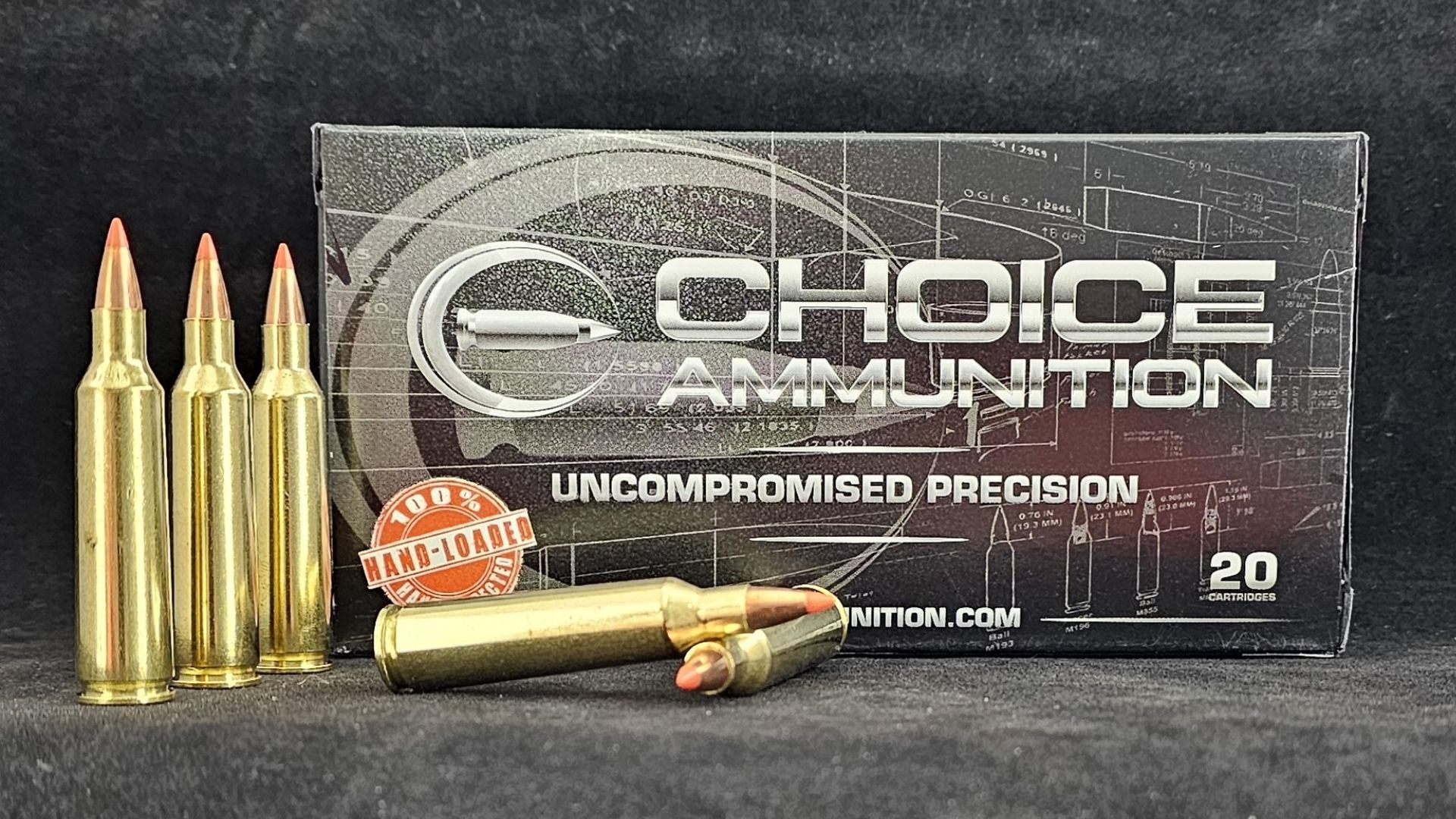
The .22-250 is an absolute laser on coyotes and varmints, but when used on deer, it tends to underwhelm. On paper, the velocity looks impressive, but the light .224 bullets don’t penetrate enough on anything larger than a dog. Shoulder hits turn into fragments and shallow wounds.
It’s fun to shoot, flat, and easy to sight in, but that first whitetail that runs off after a perfect heart shot changes opinions quick. You’ll find yourself wanting a heavier bullet and a bigger bore right after that experience. The .22-250 is an outstanding varmint caliber, but it’s not a one-size-fits-all hunting round, and anyone who’s tried to make it one usually moves on after one trip.
6.5 Creedmoor
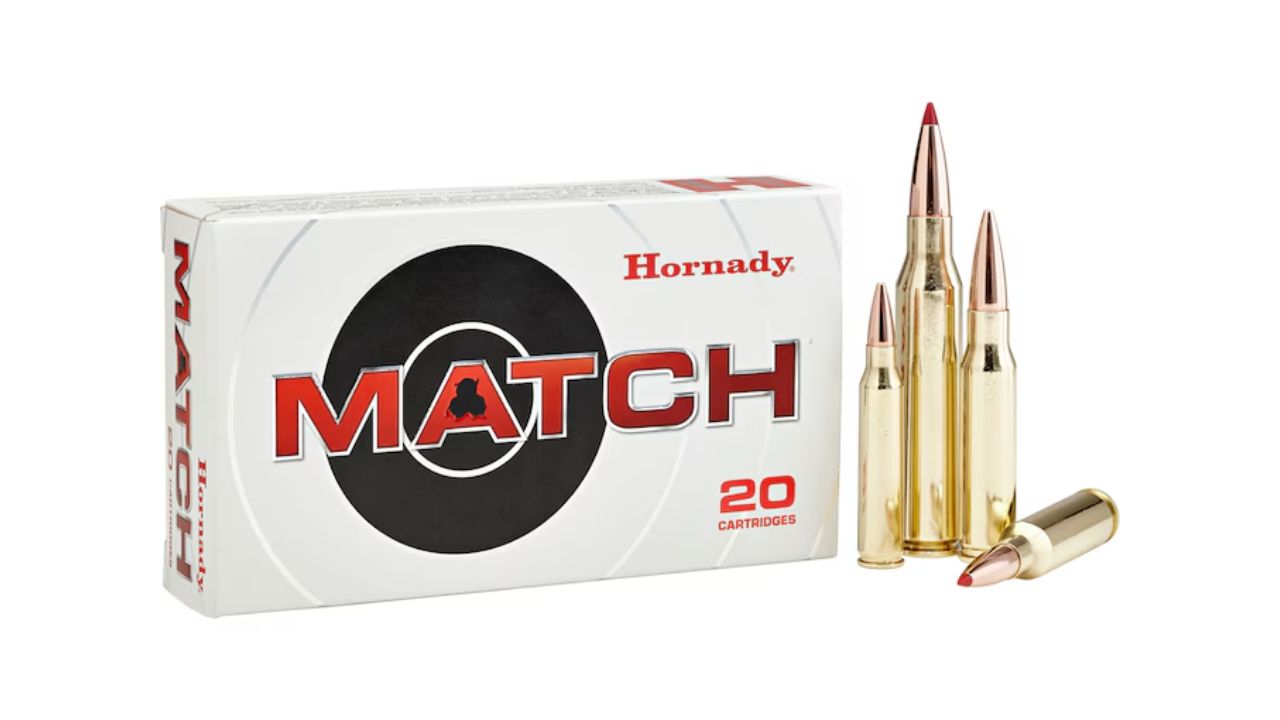
The 6.5 Creedmoor is a great paper-punching cartridge, but it leaves many first-time big game hunters disappointed. The ballistic charts promise excellent downrange energy, but in real hunts, it can struggle with bone and heavy muscle. Expansion is often too fast, and pass-throughs are unpredictable.
On deer, it performs fine. On elk or black bear, it can be underwhelming, especially with standard factory loads. Many hunters who took it into the field expecting magic found themselves tracking farther than they should. It’s accurate, yes, but after one trip with marginal hits or shallow wounds, most folks move on to something with a little more horsepower.
.300 Winchester Magnum
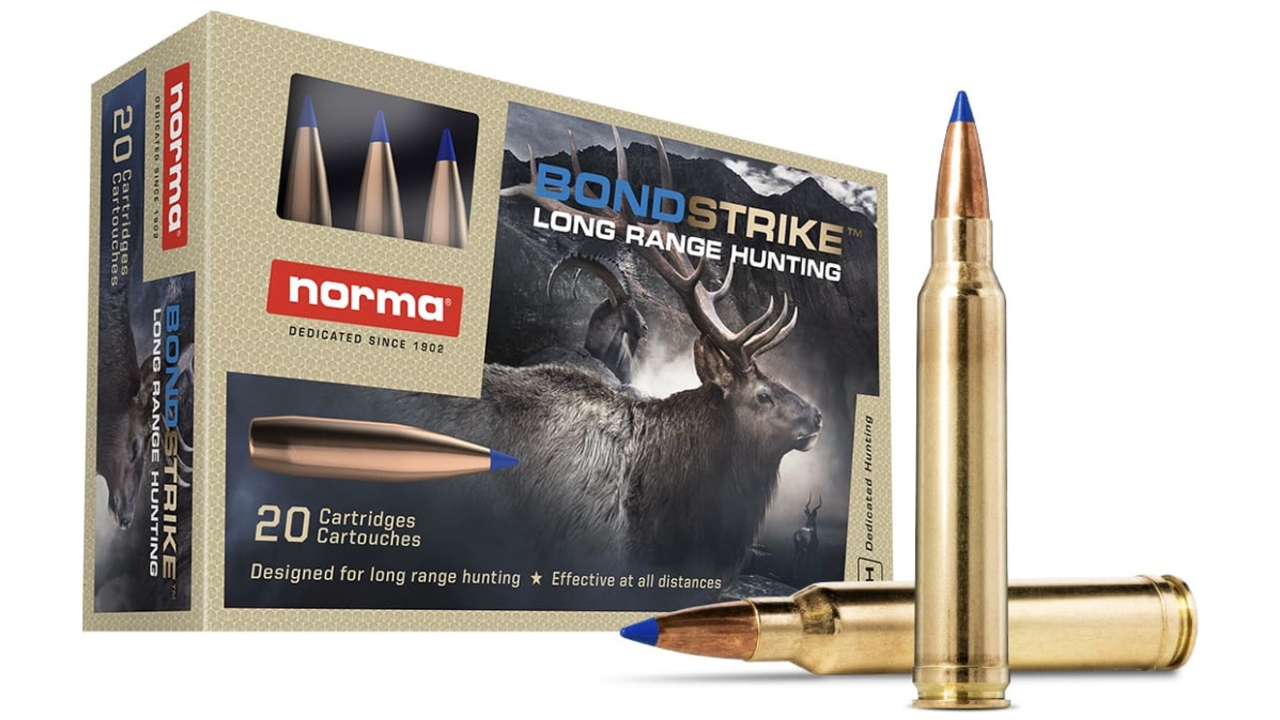
On the opposite end, the .300 Win Mag often sends hunters the other direction—too much gun. It’s loud, kicks hard, and overkills lighter game. The recoil surprises a lot of new shooters, especially those who’ve never spent time behind a magnum before.
While it’s undeniably effective, that punishment adds up quick. Many hunters realize they could have taken the same animal with half the recoil and twice the comfort. It’s a round that impresses in conversation and marketing, but for most, one bruised shoulder or flinched shot is enough to make them downsize. It’s powerful, but for most hunts in North America, it’s more gun than you need.
.270 Winchester
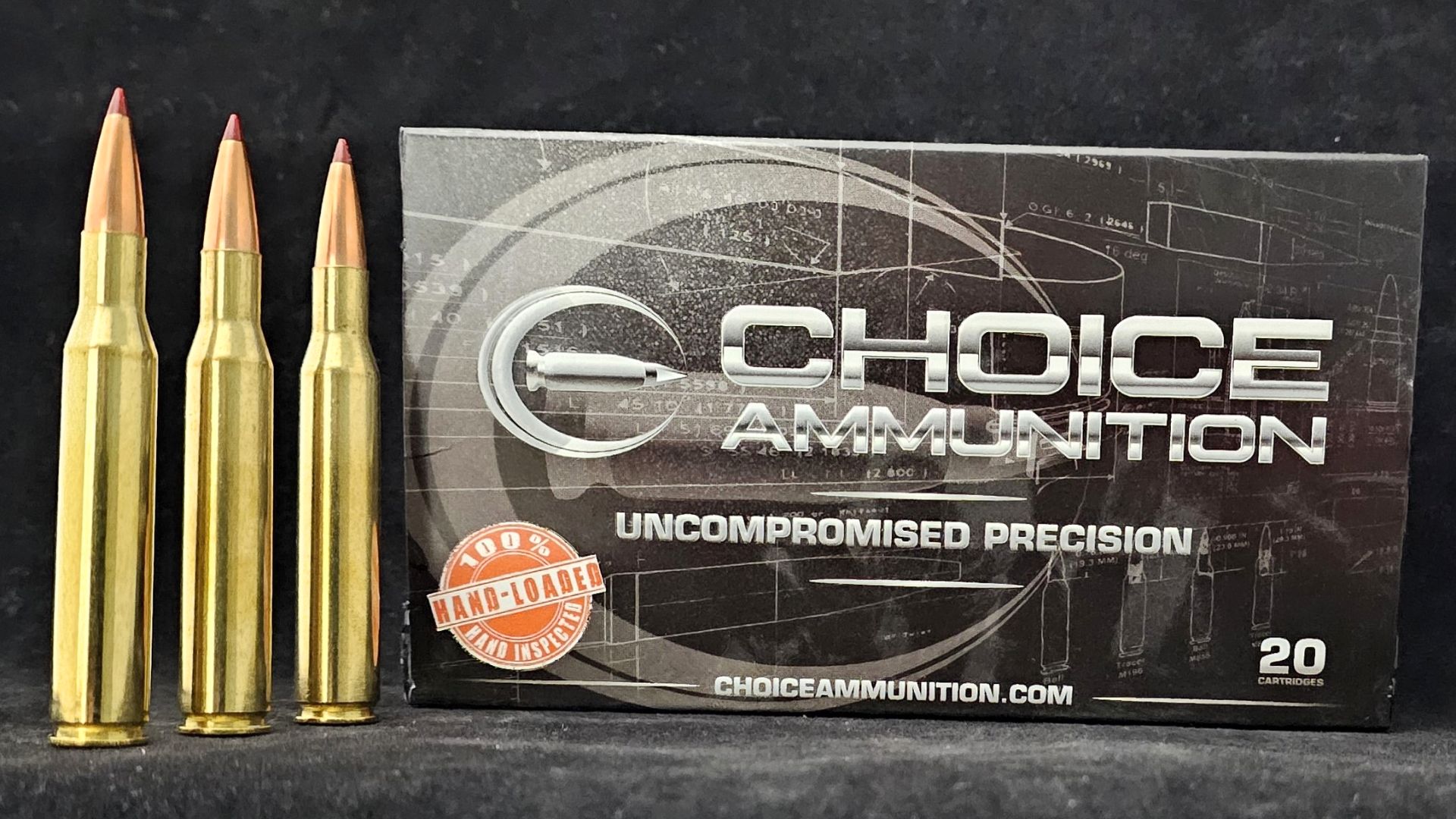
The .270 has history and range, but its bark is often worse than its bite on tougher game. The high velocity gives it great trajectory, but it can also make bullets fragile on close-range impacts. You’ll see quick kills one day and messy fragmentation the next.
Most hunters try it because it’s classic, but after a few hunts, they often find something more forgiving in modern calibers with better bullet construction. It’s not a bad round by any means, but it tends to make you work harder for consistent results. Many first-time users trade it out for cartridges that balance speed and weight more effectively.
7mm-08 Remington
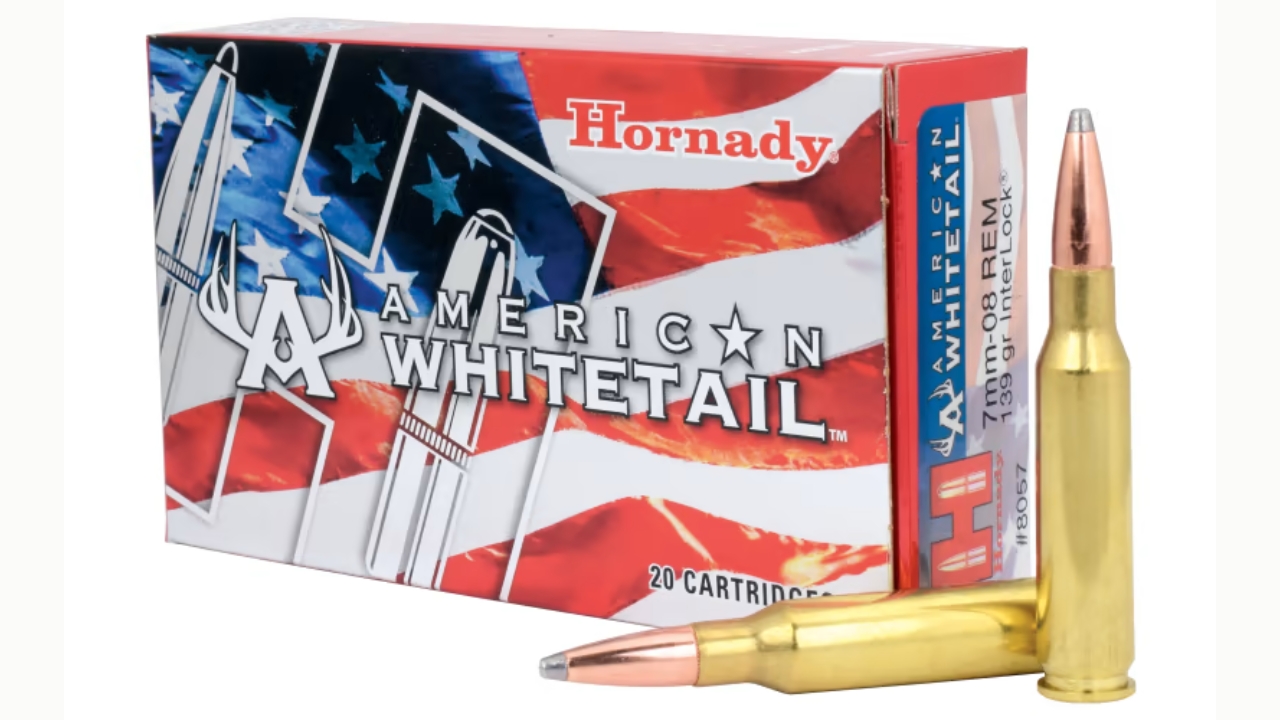
The 7mm-08 is smooth, accurate, and pleasant to shoot, but it’s one of those calibers that leaves new hunters wanting more. On paper, it seems ideal—flat, efficient, and balanced. In practice, factory loads tend to favor light bullets that open fast, and performance on heavier animals can be inconsistent.
Hunters who’ve used it for deer and tried it on elk usually see the difference right away. It’s fine for one category but stretched thin in the other. After one trip chasing something bigger, most realize they’d rather carry something with more momentum and penetration.
.25-06 Remington
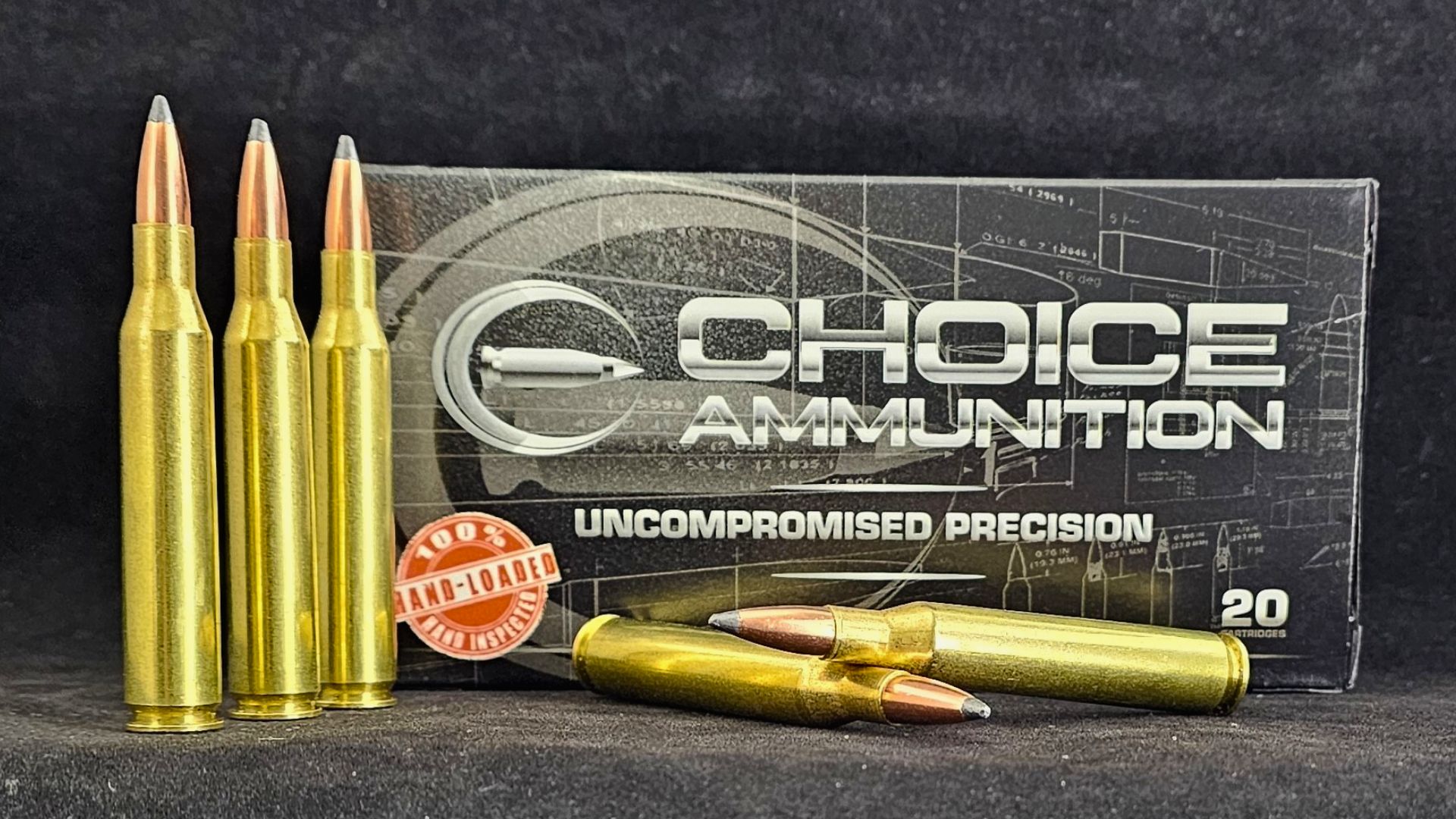
The .25-06 is fast and flashy, but it’s also unforgiving. The high velocity makes it prone to bullet breakup, especially at close range. For antelope and open-country deer, it’s great, but get inside 100 yards or hit bone, and it can come apart before reaching vitals.
Many hunters love it right up until the first tough hit that doesn’t exit. It’s the classic “one-and-done” cartridge — impressive trajectory, disappointing terminal performance. You’ll respect its accuracy but quickly learn it’s not as versatile as it looks on paper.
.30 Carbine
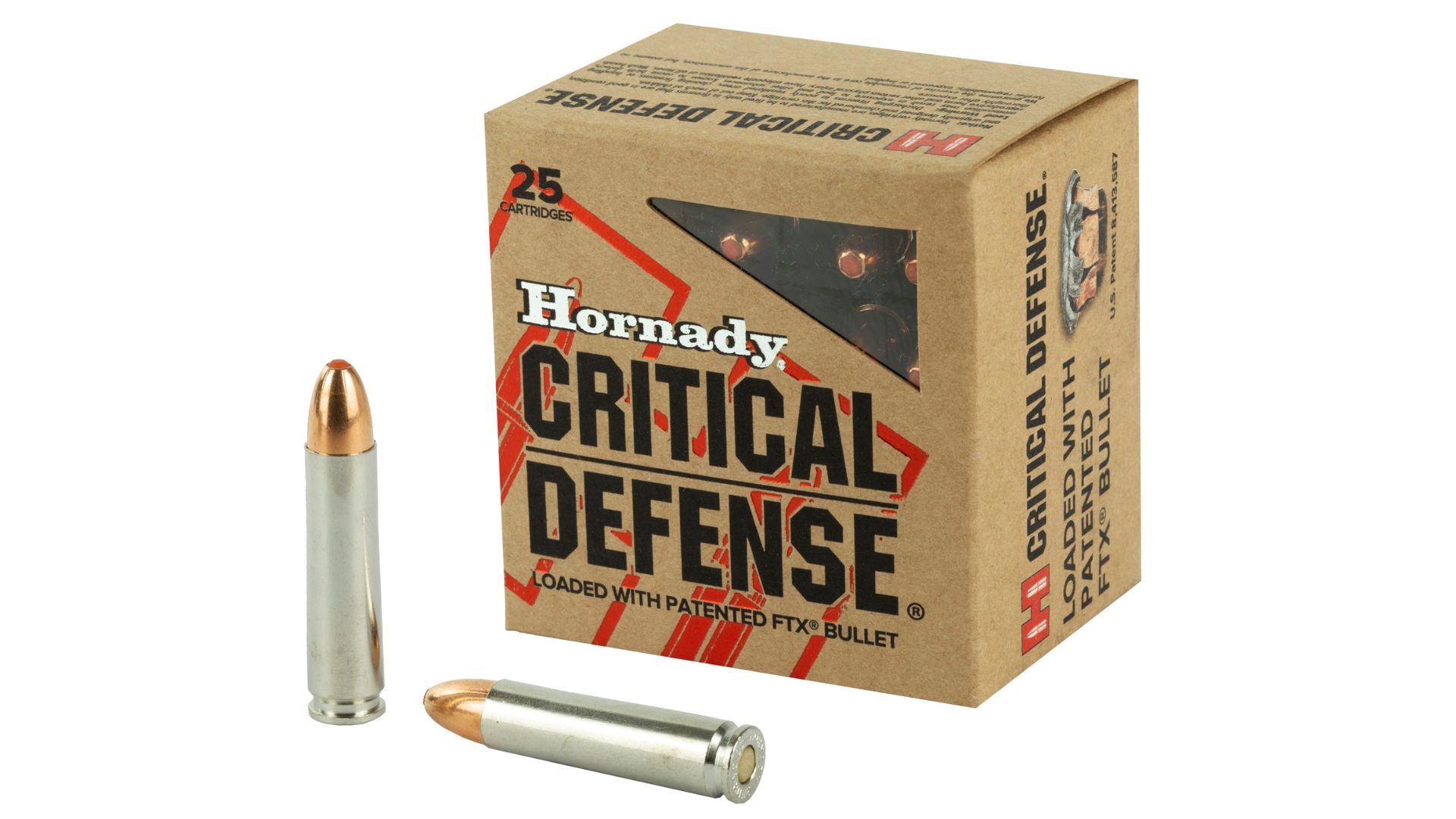
Plenty of hunters have taken a nostalgic .30 Carbine out for deer, only to learn it’s not quite up to the task. It’s fun to shoot and accurate enough at close range, but it simply lacks the penetration for consistent kills on medium game.
The lightweight bullet sheds energy fast, and once you hit bone, it’s all over. Those who’ve hunted with it once rarely do it again. It’s a neat piece of history, but it belongs at the range or in a collection, not the deer woods.
.45-70 Government (hot loads)
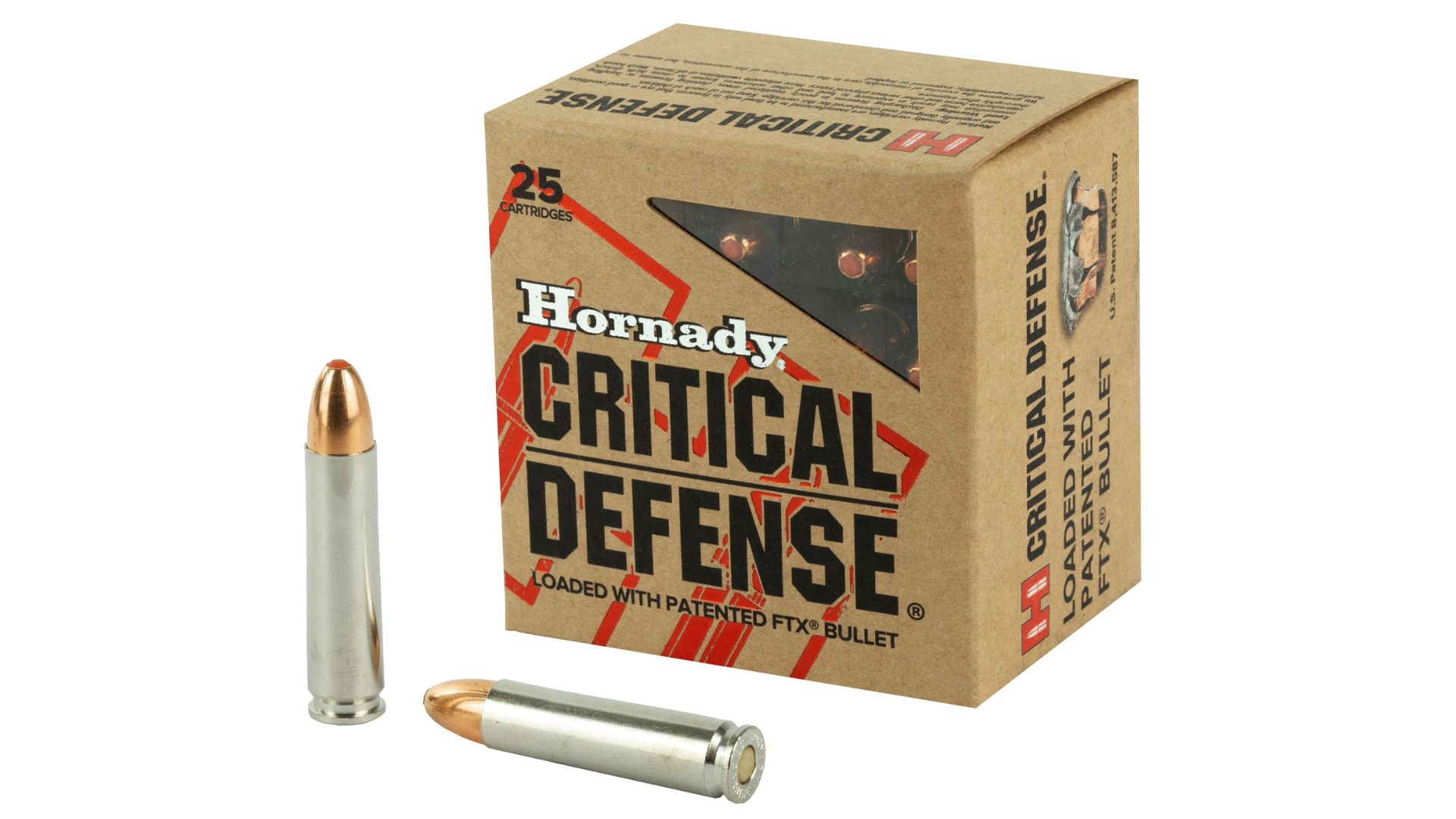
The .45-70 looks like a monster on paper, but not every hunter enjoys shooting one. The recoil can be punishing, especially with modern “hot” loads from lever guns. After a few shots off the bench or one heavy recoil-induced headache, many hunters decide it’s too much for their needs.
It’s overkill for most game under 300 pounds, and its arcing trajectory makes range estimation critical. Many who try it once end up swapping back to something flatter and friendlier. It’s powerful, no doubt, but most hunters outgrow the novelty once they realize that accuracy and comfort win more hunts than brute force.
.223 Remington
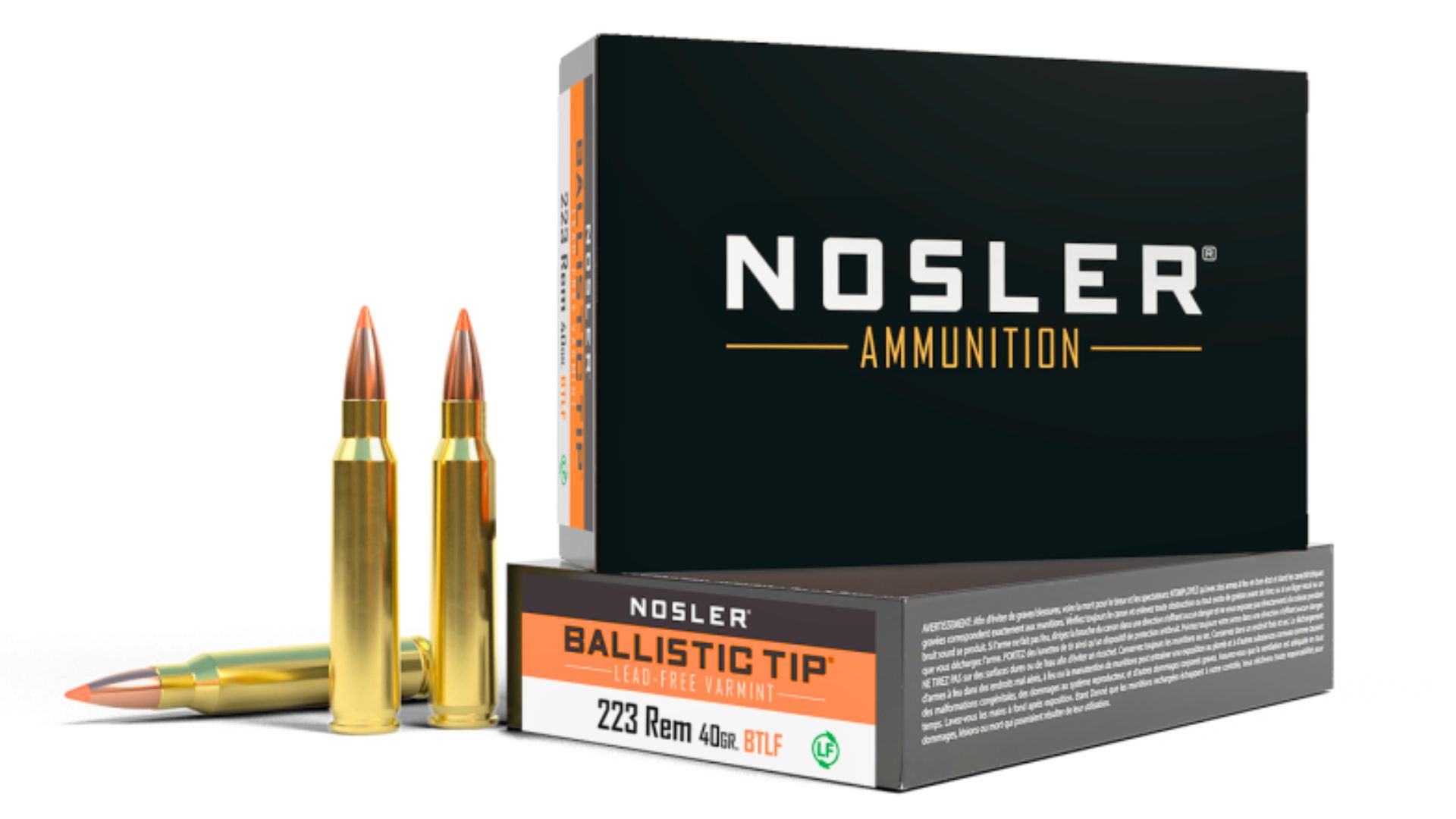
Every new hunter hears someone say the .223 can take deer, and technically it can—but that doesn’t make it ideal. Its lightweight bullets fragment easily, and even with premium loads, penetration isn’t consistent on larger animals.
Many first-timers use it for its low recoil and availability, then walk away disappointed after long blood trails or lost hits. It’s great for varmints and predators, but for big game, most move up after one season. You can make it work, but the margin for error is tiny—and no one wants that kind of pressure twice.
.338 Winchester Magnum
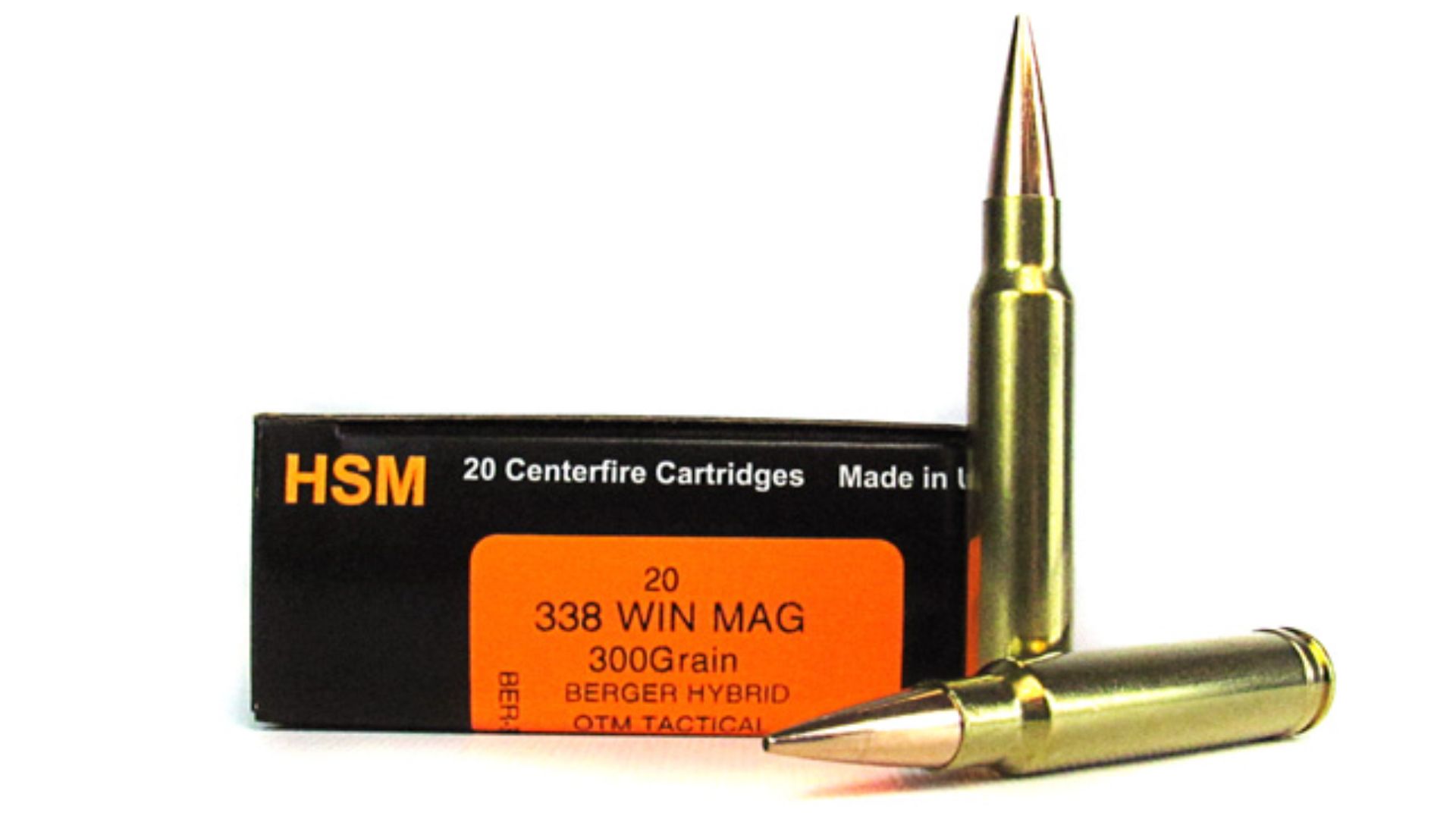
The .338 Winchester Magnum has authority, but it also has recoil that ends range sessions early. Hunters often buy it thinking it’s the ultimate elk or moose cartridge, only to discover it’s miserable to shoot for long. That kind of punishment ruins form fast, leading to flinches and sloppy accuracy.
There’s no question it kills well when hits land right, but most realize they could have done the same job with something smaller and shot it better. It’s a cartridge you respect, but you won’t reach for it twice unless you’re chasing something with teeth or horns that demand it.
Like The Avid Outdoorsman’s content? Be sure to follow us.
Here’s more from us:
Calibers That Shouldn’t Even Be On the Shelf Anymore
Rifles That Shouldn’t Be Trusted Past 100 Yards
*This article was developed with AI-powered tools and has been carefully reviewed by our editors.






